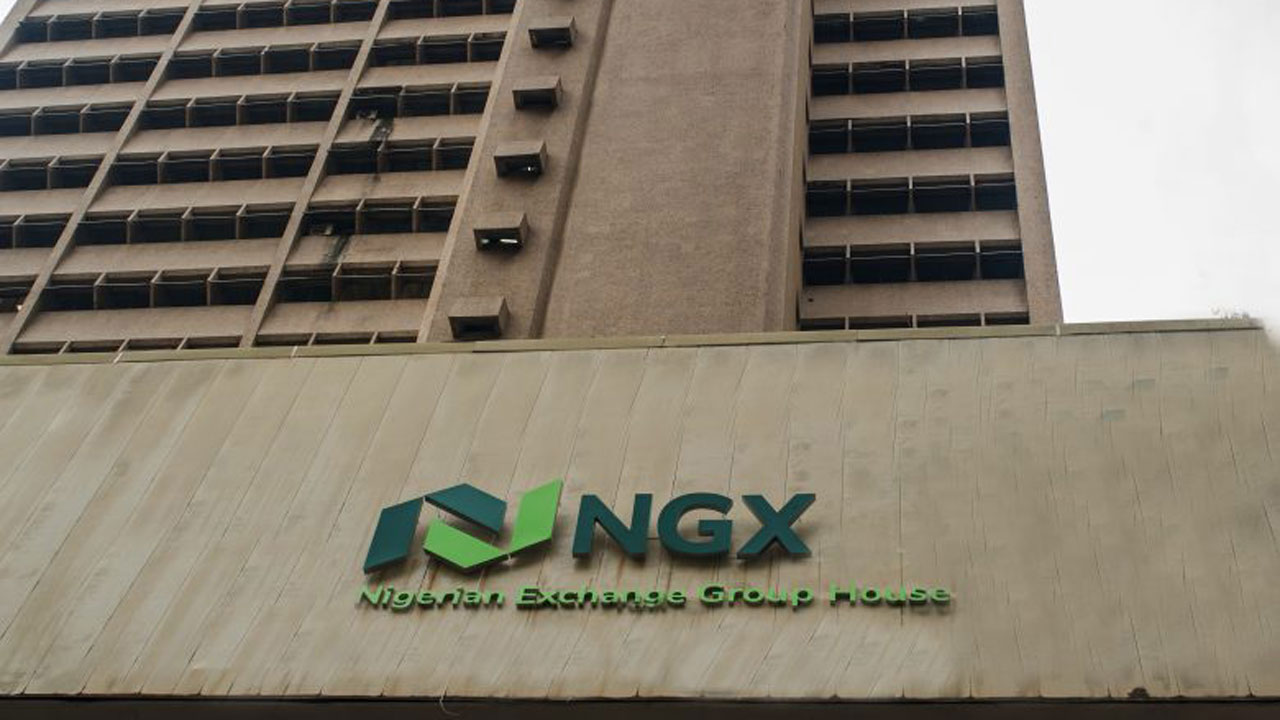Tether LLC, the issuer of the eponymous USD-backed cryptocurrency tether (USDT), pulled $300 million worth of the “stablecoin” out of circulation last week, just days before the token lost its dollar peg.
Blockchain data from Omni, the second-layer protocol that operates on the Bitcoin blockchain and serves as the infrastructure for the tether token, reveals that cryptocurrency exchange Bitfinex sent 300 million USDT to the Tether treasury address last week through two separate transactions.
The first, executed on Oct. 9, returned 100 million USDT to Tether. Just five days later, on Oct. 14, Bitfinex — which reportedly shares a management team with Tether — sent another 200 million tokens to the treasury address. Previously, on Oct. 3, Bitfinex had returned 10 million USDT to the treasury, which has not issued any new tokens since Sept. 21.
According to Tether’s “Transparency” report, the company has been authorized to issue another $486 million worth of USDT but has not yet done so. That number correlates with the more than 486 million USDT that are currently sitting in the company’s Omni wallet.
At present, USDT has an outstanding market cap of 2.5 billion tokens, down from an all-time high of nearly 2.9 billion. Despite purportedly being pegged to the U.S. dollar at a 1:1 ratio, the cryptocurrency’s market cap has declined even further, to a present value of about $2.4 billion, representing a $100 million discount to the alleged value of its outstanding balance.
That’s because, as CCN reported, USDT’s dollar peg evaporated last night, dropping the token’s value as low as $0.92 (and lower on some exchanges), though it has since recovered to about $0.96.
Tether has long been a controversial asset within cryptocurrency circles, but this controversy has intensified in recent days amid reports that Bitfinex and Tether are once again struggling to find a consistent banking partner. Bitfinex confirmed to CCN that fiat deposits are currently paused but has said that the situation should normalize within a few days.
Meanwhile, traders are increasingly opting to use other stablecoins, as new offerings from heavyweights such as Gemini, Circle, and Paxos are gradually chipping away at tether’s stranglehold on that multi-billion dollar market.
Following their respective listings, those tokens — Gemini Dollar (GUSD), USD Coin (USDC), and Paxos Standard (PAX) — quickly began to trade at a slight premium to USDT, suggesting that traders were more confident in their USD backing, or at least that they believed these new tokens could more easily be redeemed for the underlying assets.
Those premiums have widened on Monday, in tandem with USDT’s vanishing fiat peg. As of the time of writing, GUSD, USDC, and PAX were trading at premiums of roughly 9.8 percent, 8 percent, and 9.5 percent against their USDT trading pairs on various exchanges.














